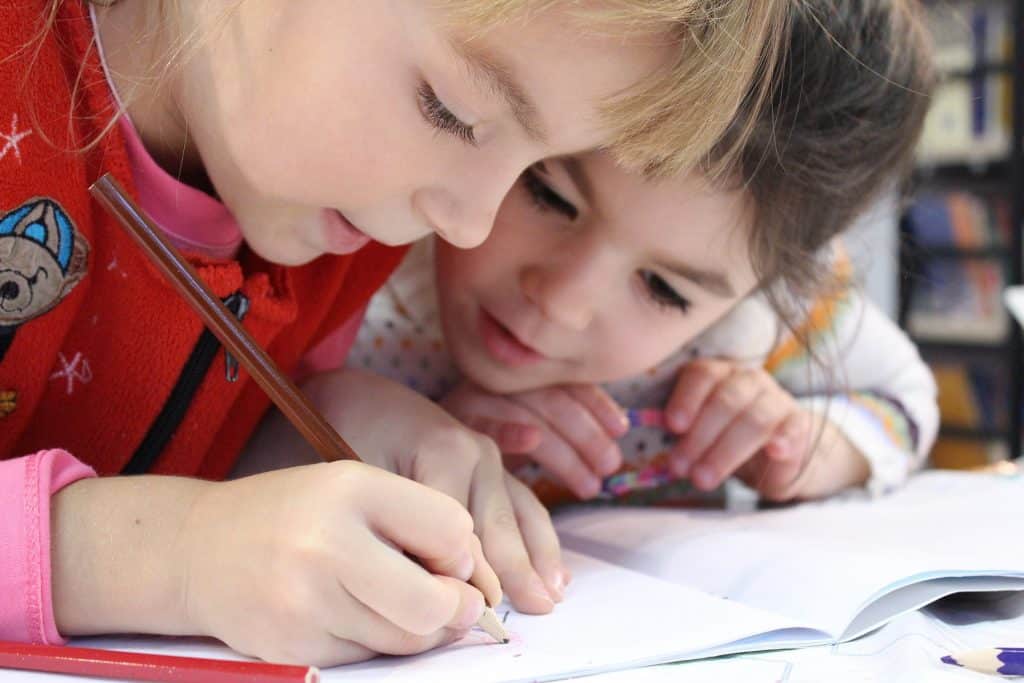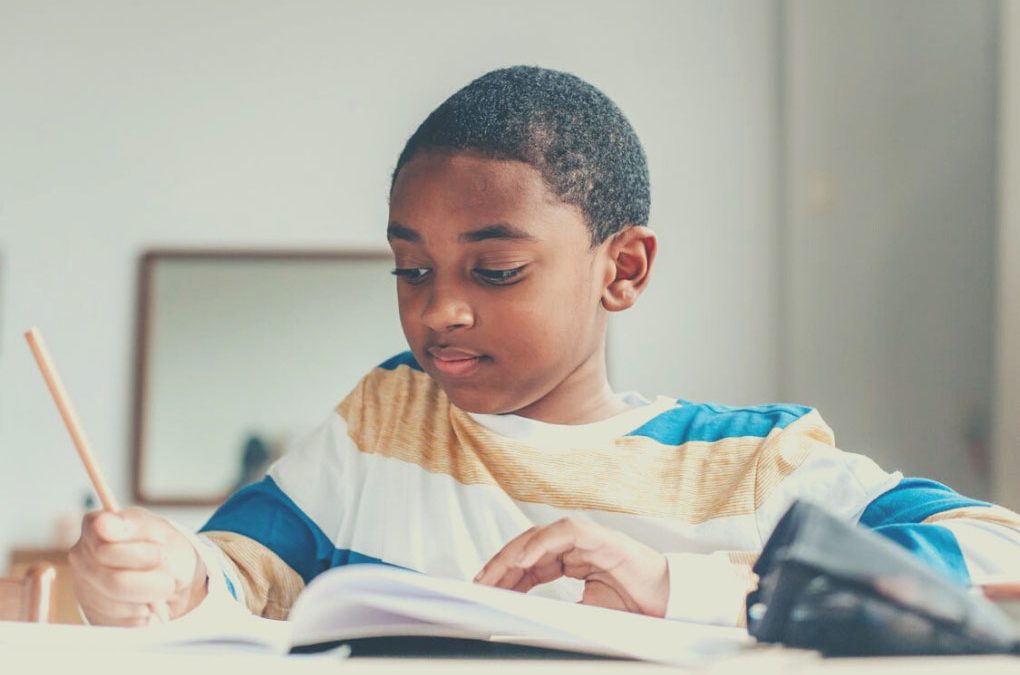Can you still remember how you learned about money when you were a kid? Was it during a trip to the grocery with your mum? Or maybe when you received your first allowance?
Preparing your kids for the future means teaching them financial literacy as early as possible. You may think that your child is too young to have “the money talk” with you, but kids as young as three years old are already capable of understanding the basic concepts of the value of money and exchanging money for goods.
How to teach financial literacy to kids
Financial education begins with the concepts of earning, spending, and saving. The thing is that the way we handle money and perform financial transactions today is taking a much different shape than when we were younger. Aside from giving them an allowance and reminding them to save some of it in their piggy banks, children nowadays also need to learn and understand how digital payments and the cashless system work. One way to provide them with modern-day financial education is by giving them a kids debit card.
Also, there are plenty of financial literacy apps for kids that you can use, but you should not solely rely on these apps to teach your children how to earn, spend, save, and even invest money. As parents, you should supervise their financial education, discuss these concepts with them, and expose them to real world interactions that will allow them to apply their financial knowledge.
Financial education takes time
You cannot establish a positive relationship with money overnight. Thus, raising your children to become financially responsible adults is a continuous process. The earlier you start, the more time you have to inculcate in them good financial habits that will benefit them in the future.
Are you ready to start your kids’ financial literacy journey?
Check out the infographic below for ideas on how your kids should spend their money.





